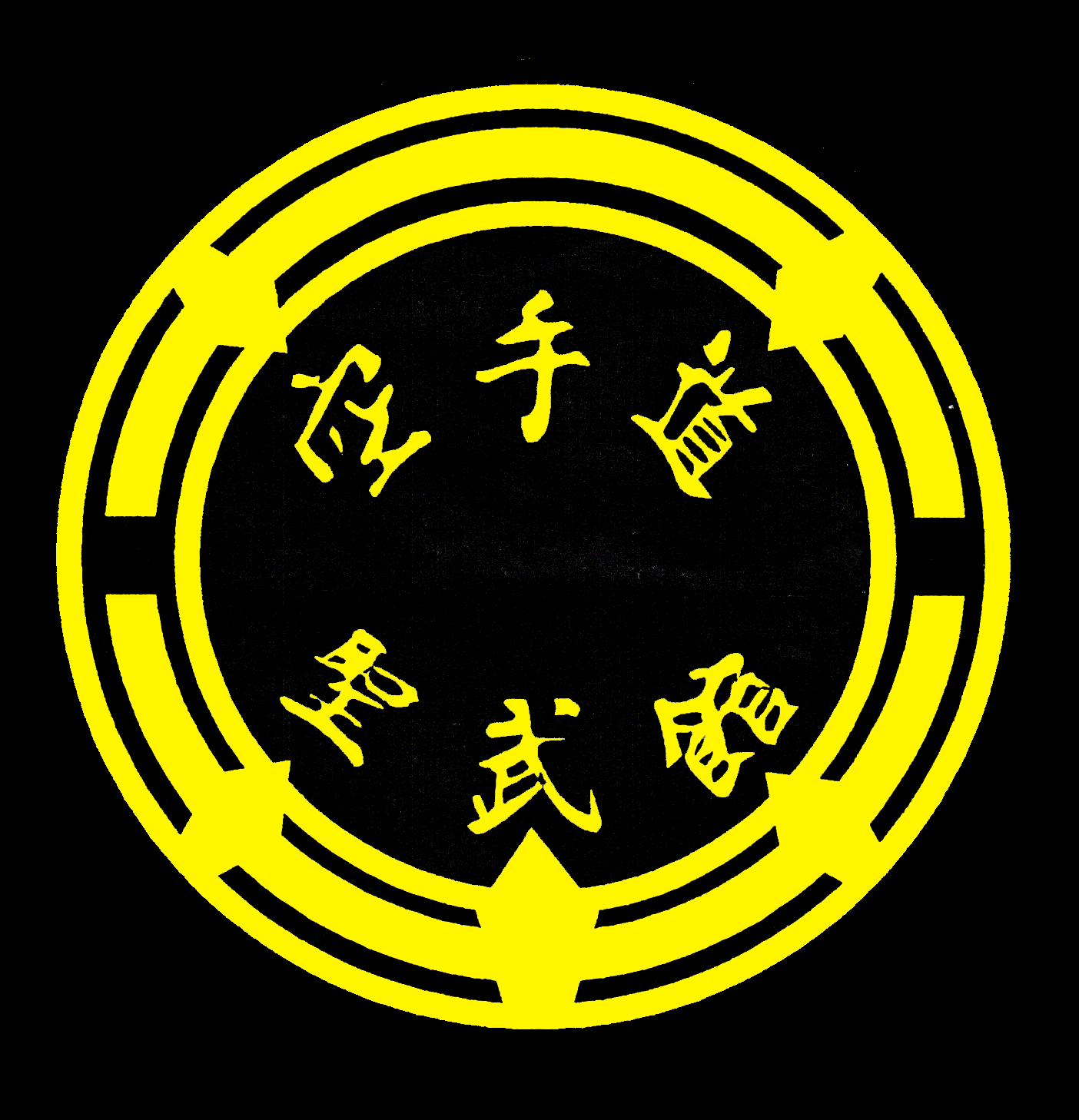The Gaff of Real Training

Great things are not taught by blancmange methods.
Robertson Davies
A good karate-dō class is hard.
It is demanding. You punch while trying not to slip in puddles of your own sweat. Fatigue and lactic acid make the muscles burn. Breaking through your physical limits, however high or low they are, is never easy. Your body wants surcease from the strain, and your focus has to be severe to keep your form. There is real pain. Your heart hammers and your lungs heave.
It is repetitive. The point of practice is to make technique part of your nature, and the only way to do that is endless repetition. Repetitions of hundreds and thousands of times and more. Ohshima Tsutomu says that you need to do a kata at least 10,000 times to begin to understand it. If you practiced a kata every day, without fail, 10,000 kata would take 27 years.
It is difficult. A basic punch requires the coordination of hips, legs, chest, shoulders, arms, fists, and core. It depends on stance and foothold; it requires relaxation, instantaneous tension, velocity, power, balance, centering, timing, rhythm, and intensity. It calls on muscle and bone, breath and energy. It embodies the linear and the circular, emptiness and fullness. It requires a perfect stillness at the center of movement. Every basic is very complex.
It is unfamiliar. Your body is asked to do things it never has before. The protocols come from a very different culture. Unless you’re fluent in Japanese, the terminology is alien. The concepts, principles, ethics, and ideals are vastly different from those of the West. Karate-dō pushes and prods and kicks you out of your accustomed time and place. You’re not supposed to find yourself in karate-dō; you’re supposed to lose yourself, like losing yourself in a great but shattering novel.
It is not comfortable. Figuratively and literally. Here, fitness centers are climate-controlled, warmed in the winter and air-conditioned in the summer. Karate in Edmonton means going outside when it’s -20 C and punching barefoot in the snow and ice.
It is never concerned with affirmation. Pedagogy in karate-dō means being confronted by what you can’t do. It means facing your clumsiness, your weakness, your inflexibility, your age, your slowness, your repeated mistakes. The place of instruction is exactly where you have to struggle, fight, fail, and get forced to try again.
It is not gentle. Karate-dō seeks to make you more gentle, but its path to gentleness is through a punch in the mouth. In the West, if you accomplish something significant, it’s expected you will feel pride and get praise. In Japan, if you do well, it’s expected you will be asked how you can do better. You don’t practice karate-dō to have your teacher or your classmates tell you how much they admire your bravery, eloquence, achievements, or talents. The point is not to build self-esteem; the point is to kill the ego.
Because teaching in karate hinges on killing.
Some practices in the West understand. Like that punishing art, painting:
Andrew Wyeth was reminiscing once about the introduction to art his father, N. C. Wyeth, had given him. The elder Wyeth, a renowned illustrator, had insisted that Andrew spend hour upon hour in the basics of painting and drawing, learning to use the charcoal stick and watercolor brush to perfect on paper the vagaries of shape and shadow. He was rarely allowed to experiment or to deviate from the strict guidelines set by his father. Years after he had become the internationally famous painter he is today, Wyeth recalled his father’s words when he was asked if the rigid education might not have threatened to kill the emerging genius and creativity of the young painter.
“If it kills it, it ought to be killed,” N. C. said. His son now agrees. “If it isn’t strong enough to take the gaff of real training, then it’s not worth very much.”
Dave Lowry
The difficulty of karate-dō is the gaff of real training.

